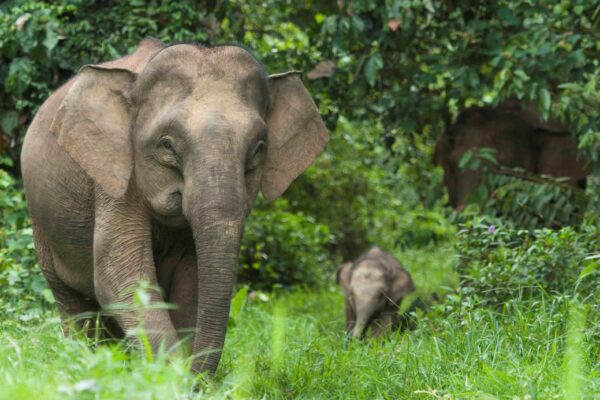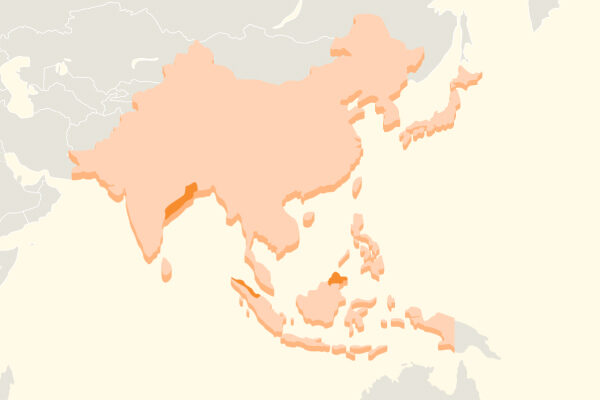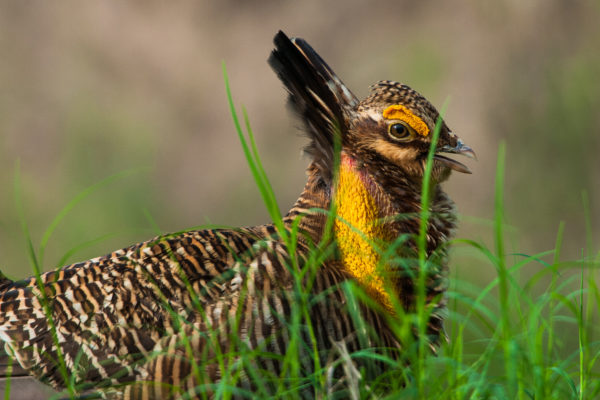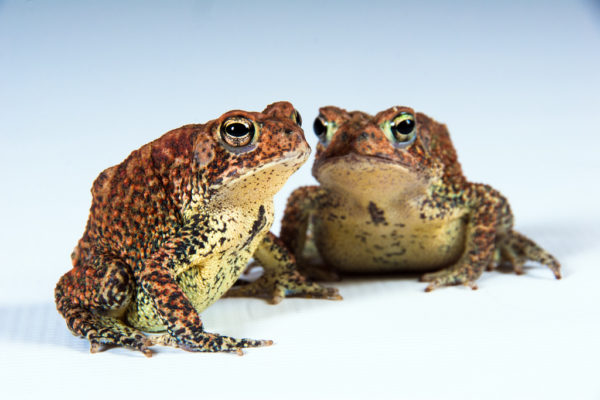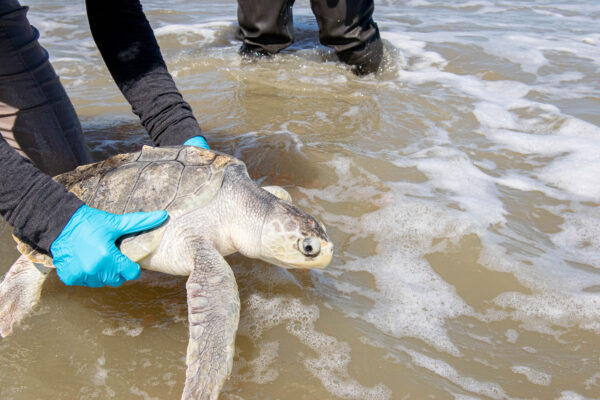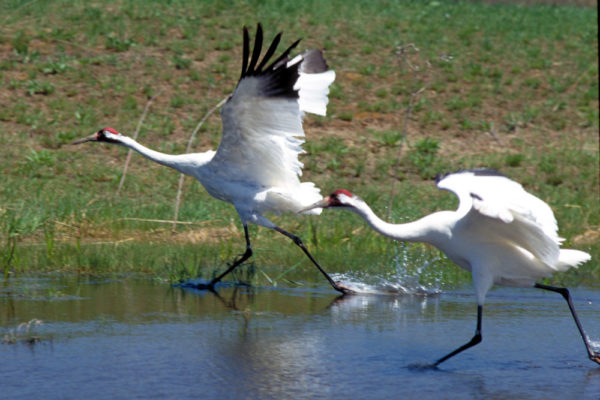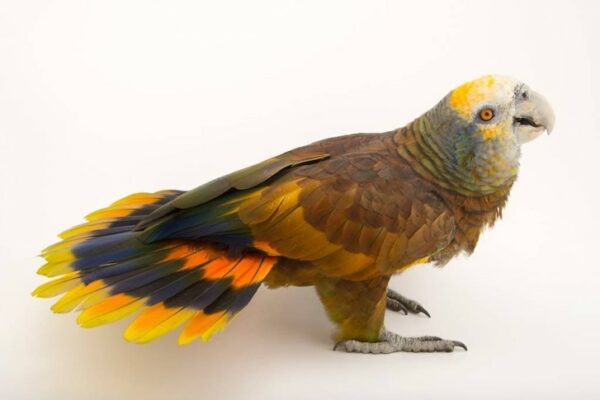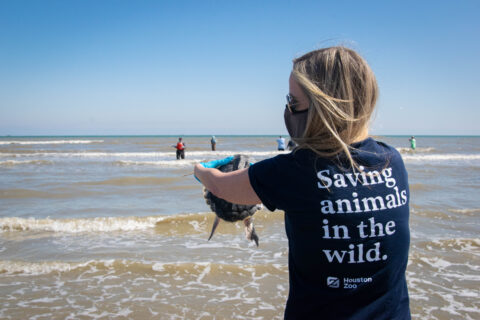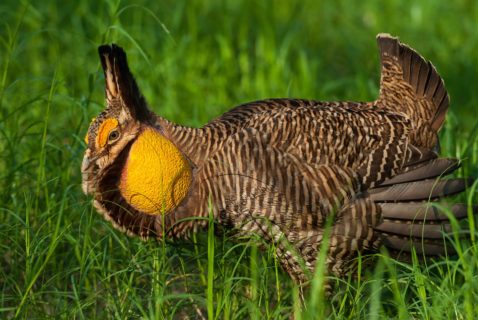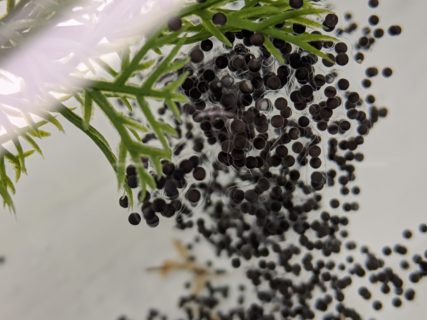Regionally, our Zoo professionals work with local, state and federal organizations on research, rehabilitation and veterinary care for sea turtles and captive breeding, and veterinary and reintroduction programs to prevent the extinction of the Houston toad and Attwater’s prairie chicken since 1995.
Partnering with other local wildlife non-profit organizations, the Zoo strengthens whooping crane and local bird community awareness and protection programs and provides guidance and assistance for local wildlife and habitat threat reduction efforts.
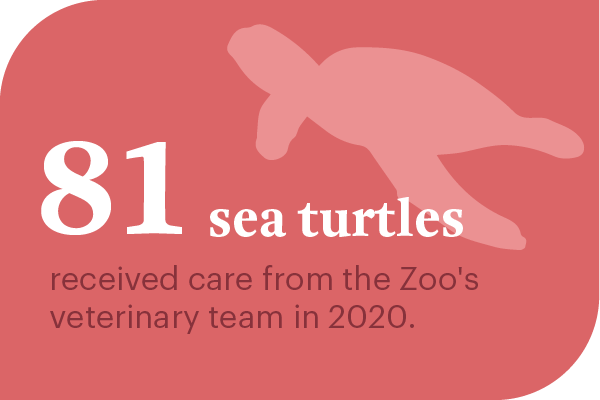
Inside Videos
KPRC Special: "Saving Wildlife: Texas"
Sea Turtle Rescue Flight from Cape Cod
More Conservation Impact
North American Wildlife
Over 100 species we have on Zoo grounds are found in this region and are being protected by our partners’ efforts.
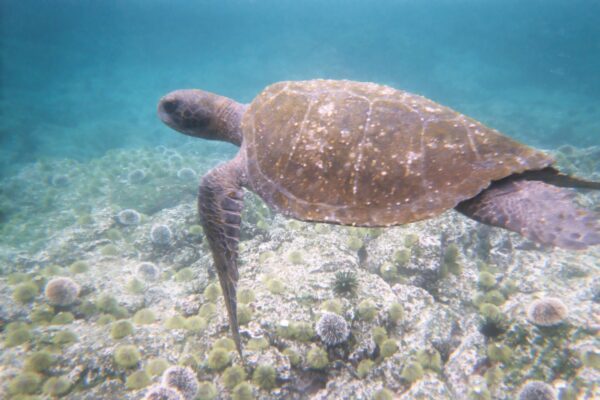
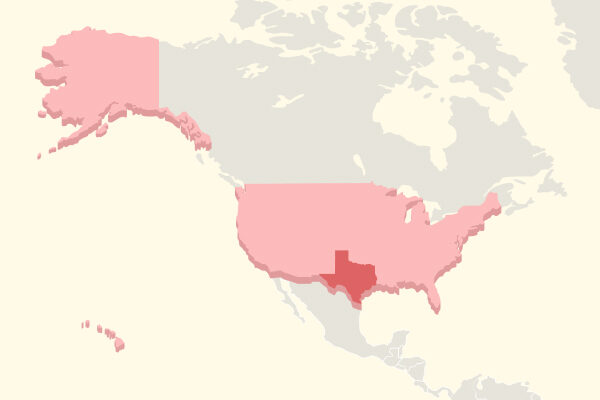
South and Central American Wildlife
Over 100 species we have on Zoo grounds are found in this region and are being protected by our partners’ efforts.
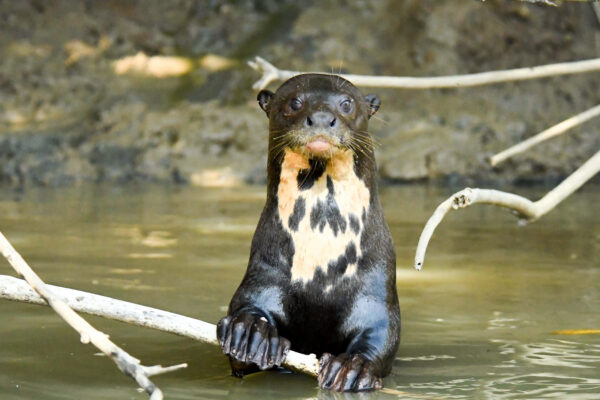
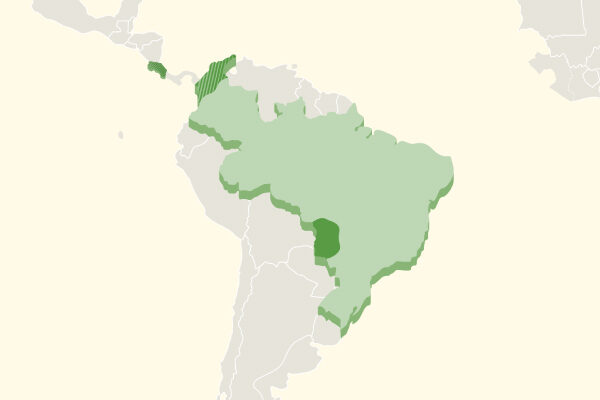
Galápagos and Ocean Wildlife
Over 20 species we have on Zoo grounds are found in this region and are being protected by our partners’ efforts.
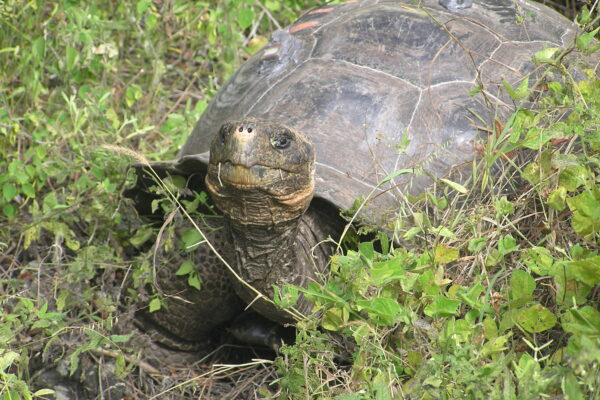
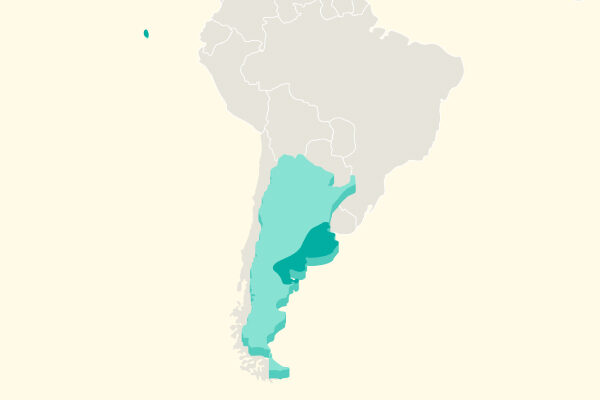
African Savannah
Over 100 species we have on Zoo grounds are found in region and are being protected by our partners’ efforts.
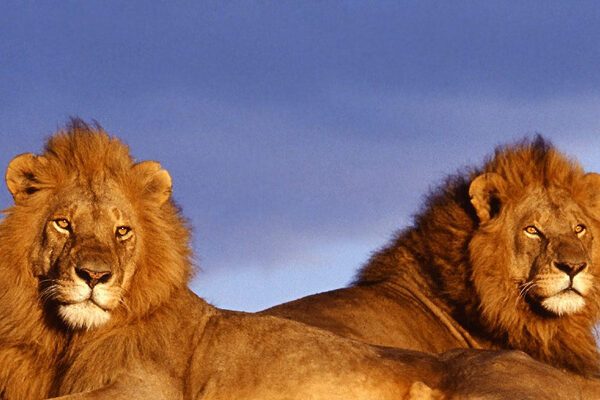
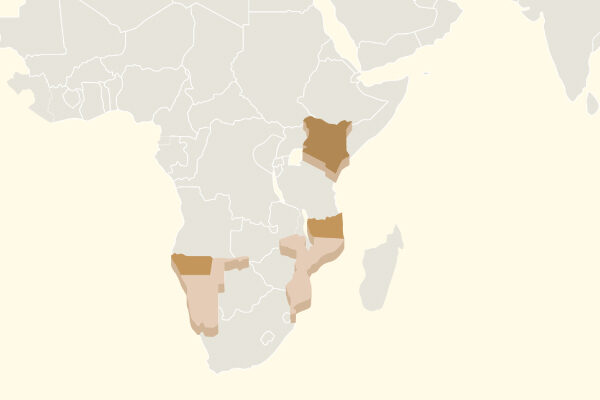
African Forest
Over 100 species we have on Zoo grounds are found in this region and are being protected by our partners’ efforts.
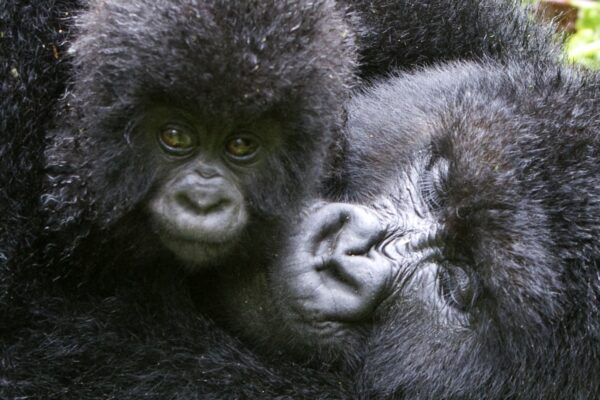
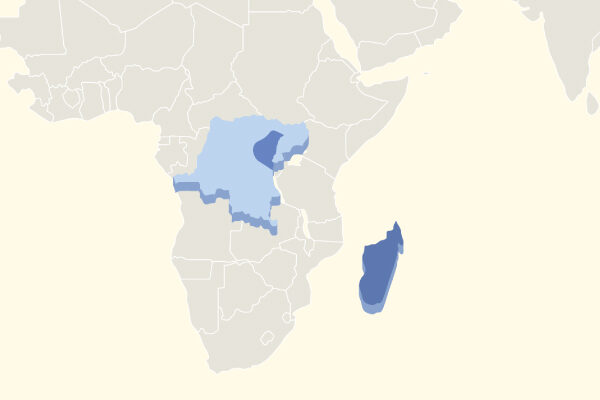
Asian Wildlife
Over 200 species we have on Zoo grounds are found in this region and are being protected by our partners’ efforts.
